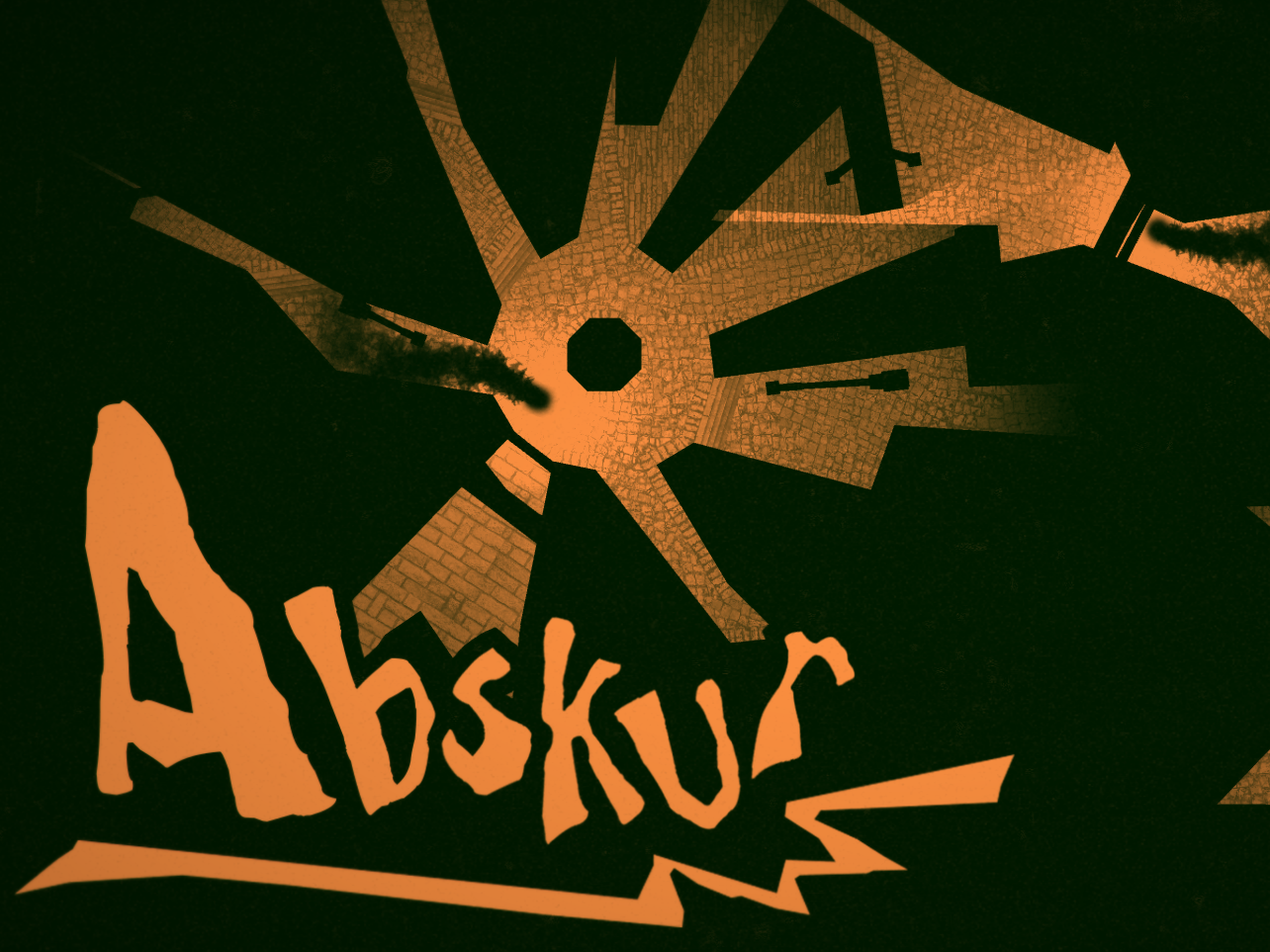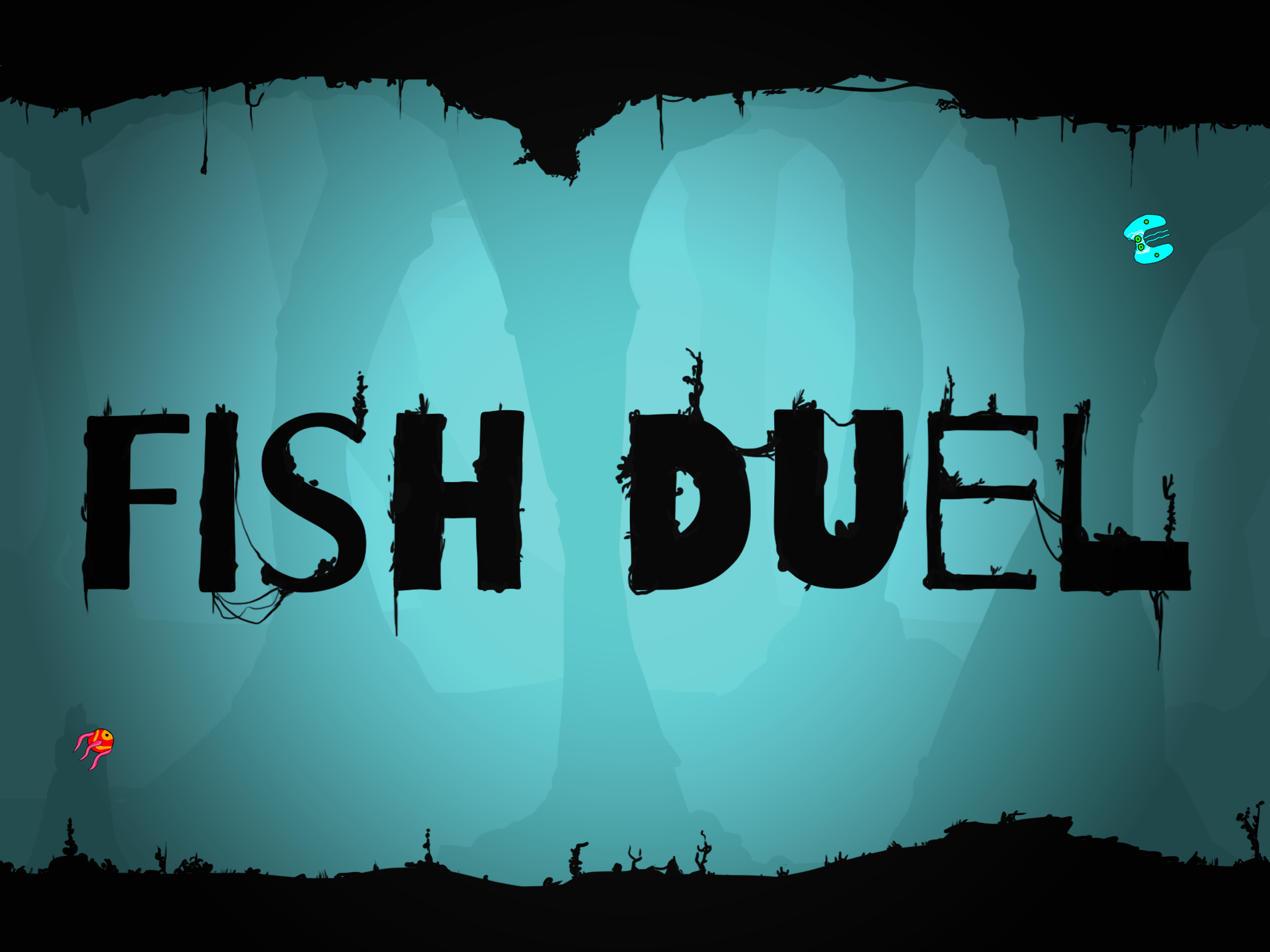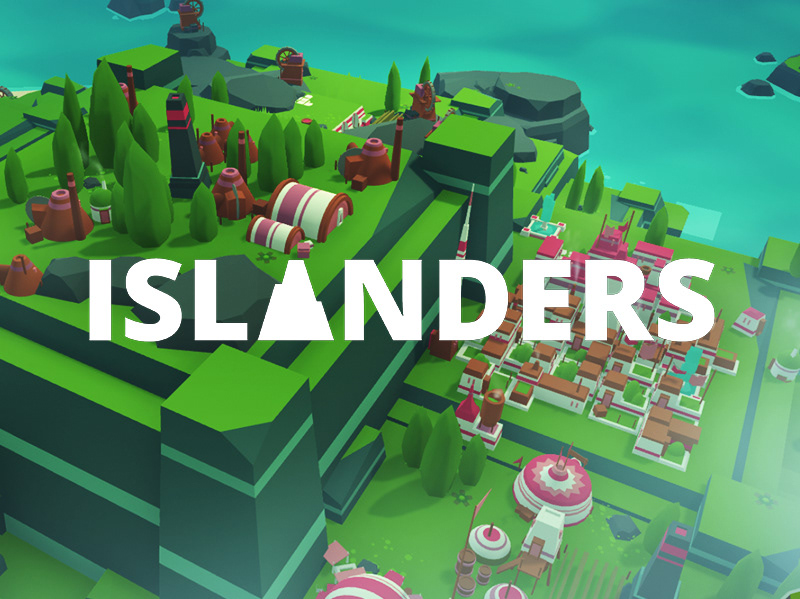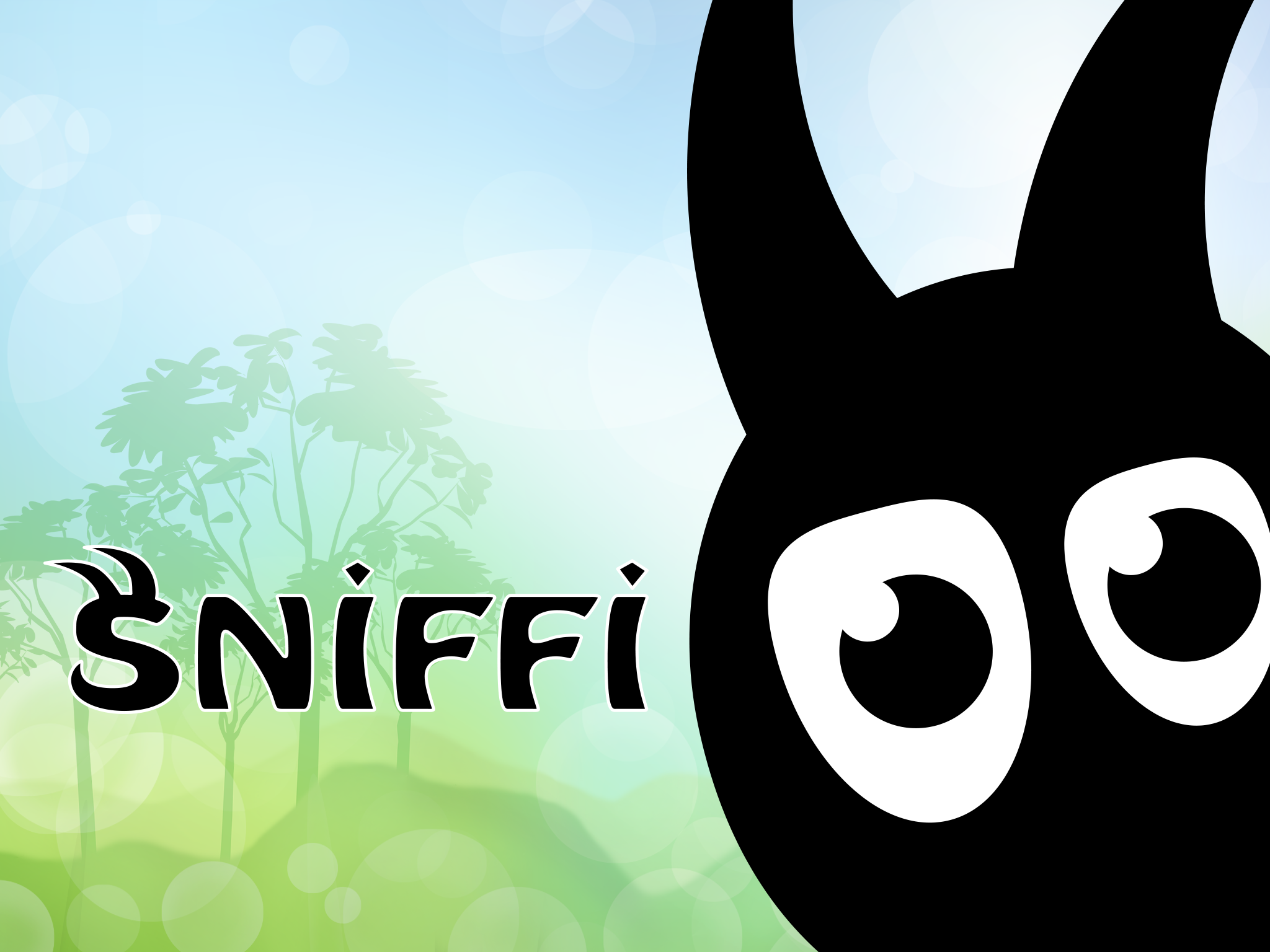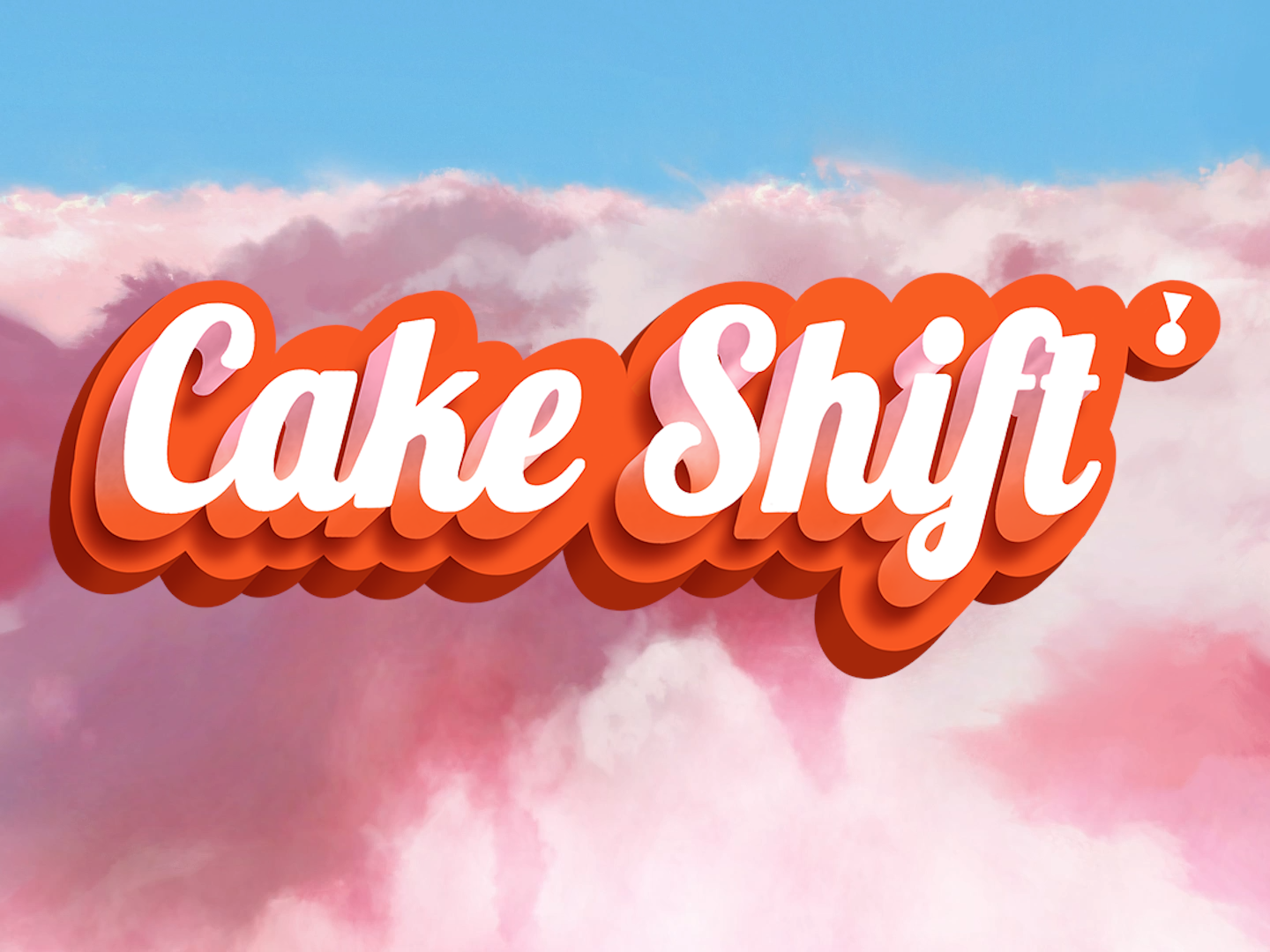The project was a side project to my studies, so I only had my holidays to work on it. This made good time management even more important. (Obviously it always is.)
You control the spoon by tilting your device. Aim and tap when the mouth is open. Then refill the spoon
Whenever I got feedback via e-mail, I liked to print it out to put it in my journal. The same goes for pretty much any document that helps me to improve the game (or myself).
Over time the baby learns more and more strategies to prevent you from feeding it. Which "attacks" the baby uses depends on a level by level basis.
There is an infinite number of levels. To make those levels distinct from each other I randomly switch between different presets, which control the behavior of the baby. Unfortunately that isn't really enough to keep players interested. So what I've learned from this is, that I should create more objects and tools to do level design with. Just a set of numbers doesn't quite cut it.
As Game Maker doesn't have a nice curve editor, I use GeoGebra to design curves. This one is used to control the difficulty of automatically created levels. On the x-axis is the level, on the y-axis the difficulty. The curve doesn't go higher than 100, because that is about the highest difficulty one can beat.
Oops! Looks like your spoon is gone. You need to pay more attention! - I think the funny interactions you have with the baby are one of the strongest parts of the game. As soon as it stops learning new tricks, the interest of most players drops rapidly, though.
On the left side: An early sketch of the user interface. On the right side: A completely different concept of the game. I like to plan things out like this, even if I know that they are likely to change again.
We talked a lot about the user interface because it is absolutely essential to the player experience. Keeping it as simple as possible was our primary goal.
After each round you get 300 pacifiers for buying items. They make levels easier but they have cooldowns, so strategy and timing matters. I didn't want the items to be something you never use. In many games this feels like cheating or pay to win. I wanted them to be a fun part of the experience, that doesn't feel tagged on. I'm not an expert on monetisation, but I think this makes people way more willing to buy extra pacifiers with real money.
For this project we decided to use the flox game backend for tracking data. Even though our player base was quite small, this gave some interesting insights.
As you can see here the retention rate and the overall engagement isn't the best. That being said we're still happy with the result. Most players enjoy the game a lot and I will know what to do better next time (more diverse and interesting level design). I'm so happy I could be part of this project.
